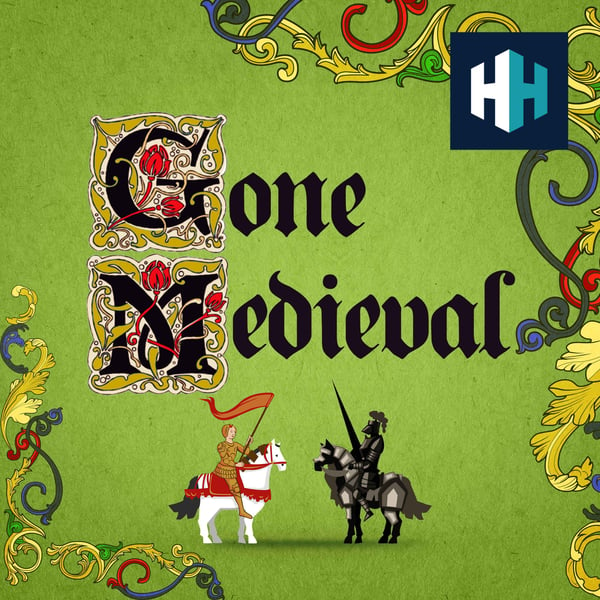Bayeux Tapestry
Gone Medieval
History Hit
4.6 • 2.2K Ratings
🗓️ 16 October 2021
⏱️ 43 minutes
🧾️ Download transcript
Summary
Hosted on Acast. See acast.com/privacy for more information.
Transcript
Click on a timestamp to play from that location
| 0:00.0 | Have you ever wondered why one of Ruan Cathedral's towers is called the Tower of Butter, or what |
| 0:06.2 | animals have faced trials in courts for, or even how the black country got its name? |
| 0:12.4 | Well, you can find the answers to questions like these and hundreds more in our new book, |
| 0:18.4 | The History Hit Misscellanie. It's the perfect present for any history fan. |
| 0:23.3 | It's available to buy now from your favourite bookshop or by visiting historyhit.com forward slash |
| 0:29.9 | book. Welcome to this episode of Gone Medieval from History Hit, I'm Matt Lewis. |
| 0:38.2 | The Battle of Hastings is seen as one of those seismic moments in history, particularly in England, |
| 0:44.2 | though its impact was felt much more widely over the centuries that followed too. |
| 0:48.7 | One of the most charismatic sources of the medieval period is the Bayer Tapestry, |
| 0:53.8 | a set of images that tell the story of William I's conquest of England. |
| 0:58.5 | I'm delighted to be joined today by Dave Musgrove, who's new book The Story of the Bayer Tapestry |
| 1:04.0 | and ravelling the Norman Conquest written along with Michael Lewis, who is no relation. |
| 1:09.3 | Takes a fresh look at this fascinating source. Thank you very much for joining us today, Dave. |
| 1:13.7 | Hey, Matt Hayden. I'm fantastic, thank you. |
| 1:16.6 | So what can you tell us first off about the Bayer Tapestry as an object? What do we know about |
| 1:21.8 | when it's made and who it's made by? Right, okay, so the first thing to say is we know very little |
| 1:28.0 | about when it was made, why it was made, who made it, or where it was made. We can make educated |
| 1:32.8 | guesses about all of that, but we don't actually know anything. What we do know is what it is like |
| 1:37.9 | as a physical object now. We know it's about 70 meters or 200 feet long. It's about half a meter |
| 1:46.8 | wide or high depending on how you look at it. It's composed of nine separate panels, which were |
| 1:52.4 | stitched together, and it's linen panels upon which woolen thread has been stitched into it. |
| 1:59.4 | So it's not actually a tapestry in the technical definition of a tapestry is, in fact, an embroidery. |
... |
Please login to see the full transcript.
Disclaimer: The podcast and artwork embedded on this page are from History Hit, and are the property of its owner and not affiliated with or endorsed by Tapesearch.
Generated transcripts are the property of History Hit and are distributed freely under the Fair Use doctrine. Transcripts generated by Tapesearch are not guaranteed to be accurate.
Copyright © Tapesearch 2025.

